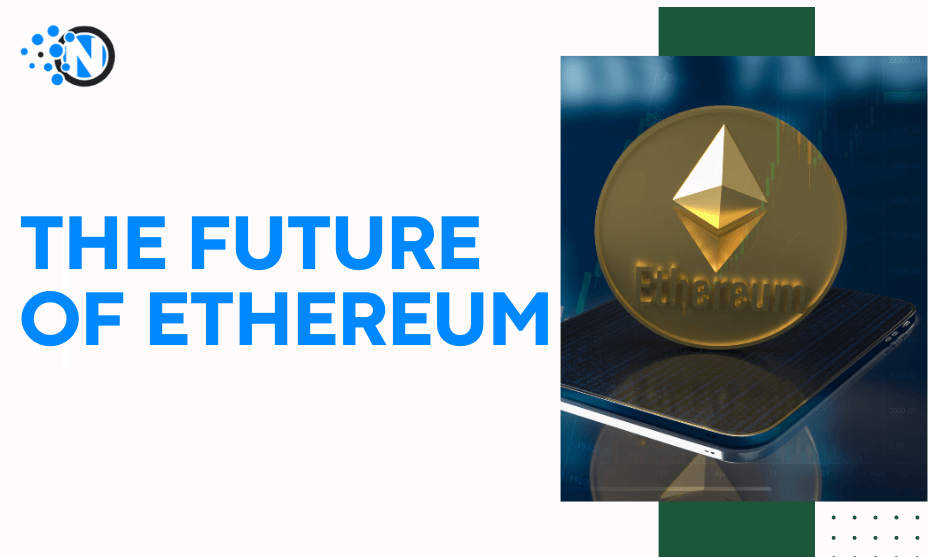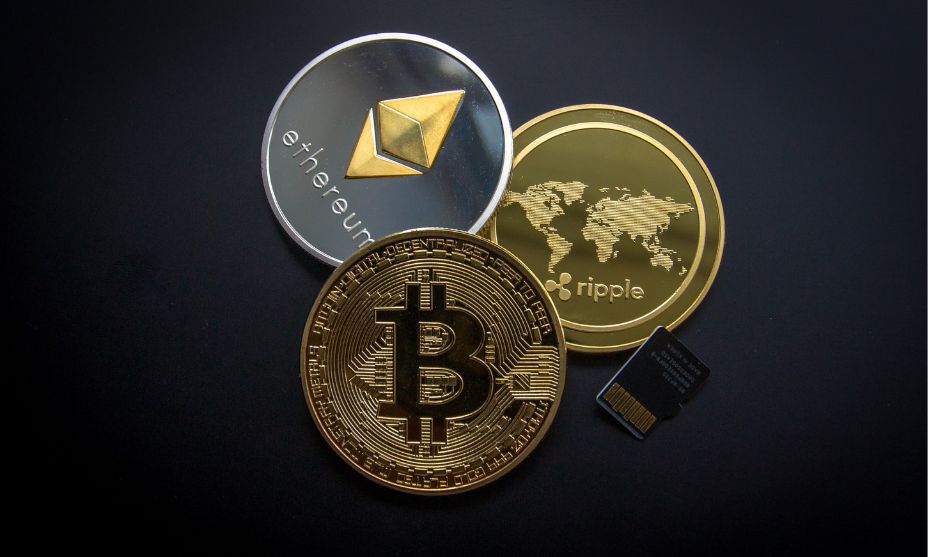The Future of Ethereum: Predictions and Possibilities

The last decade witnessed the emergence of cryptocurrency as a global phenomenon. While Bitcoin was the first cryptocurrency, Ethereum and other cryptocurrencies have closely followed it. Moreover, since its release in the year of 2015 Ethereum has grown exponentially to become one of the most widely used cryptocurrencies with a market cap exceeding $400bn according to top April statistics.
This article will focus on the future of Ethereum and give predictions concerning this issue. If you are making your first steps on the investment, try Visit bitcoin-apex.org as it is an amazing online investment website for smooth trading.
What is Ethereum?
First of all, it is important to define what Ethereum is before I discuss the development. Ethereum is a blockchain platform used by programmers to build apps, known as dApps on top of it. The network is built on Ethereum’s Ether (ETH), which covers transaction costs.

Ethereum 2.0
Ethereum 2.0 or ETH 2, also referred to Serenity as the major overhaul on the system of the network from Ethereum is here The multi-phase transition is an answer to the scalability, security, and sustainability problems of Ethereum which will bring a new age into the network.
Predictions
Staking Ecosystem Growth: The new staking in Ethereum 2.0 makes users deposit their ETH as collateral to support network safety. This could establish a strong staking environment with more individuals contributing to the network security in exchange for proper remuneration.
Reduced Environmental Impact: The transition from the energy-hungry proof-of-work to a more eco friendly proof of stake consensus mechanism will see Ethereum’s footprint reduce by ninety-nine percent. This is in line with the trend towards environmentally responsible blockchain practices.
Possibilities
Sharding Implementation: Sharding, one of the main aspects of Ethereum 2.0, refers to splitting the blockchain into smaller pieces that are easier to manipulate known as shards. This may result in significant scaling up of transactions handled at any given time by the network and therefore, more scalability.
Increased Decentralization: The PoS mechanism of Ethereum 2.0 improves system security by enabling users to become validators via staking. This development can help make the network less centralized since the more people are involved with the consensus process,
Ethereum and NFTs
While the participation of Ethereum in NFTs became a sensation due to the popularity of digital art sales, the scope of possible use cases for non-fungible tokens extends well beyond this industry. With tokens representing real-world assets to the point of creating new forms of digital property, NFTs constitute a vibrant and evolving sector in the Ethereum arena.
Predictions
Diverse NFT Use Cases: The nft space is predicted to expand, featuring tokens for a wide array of digital and physical assets, real estate, music rights, virtual goods in gaming.
Integration with DeFi: The combination of NFTs and DeFi is likely to increase, whereby users may use NFTs as collateral for loans or take part in liquidity pools, forming fresh financial products within the area of decentralized finance.
Possibilities
Blockchain Gaming Revolution: Support for NFTs in Ethereum may change the gaming industry forever, ensuring that players have their own assets. This may pave the way for interoperability of assets across games, as well as unique gaming economies.
Tokenization of Real-World Assets: Ethereum’s smart contract capabilities facilitate the tokenization of real-world assets, enabling fractional ownership and increased liquidity in traditionally illiquid markets such as real estate.
The Rise of DeFi
In recent years, decentralised finance, or DeFi- has become a rage and Ethereum has taken the driving seat. DeFi is the term used to denote a new kind of financial system using blockchain technology for decentralized financially trustless activities without intermediaries. The Ethereum blockchain serves as the basis of most DeFi applications that are projected to be here in the future.
Compatibility with Different Blockchains
Indeed, as the evolution of the blockchain ecosystem continues more attention is paid to the interaction between different chains. By being interoperable with other blockchains such as Cosmos and Polkadot, Ethereum aims to enable cross-chain transactions and sharing of data. This interoperability is essential for the future of Ethereum because it will enable Ethereum to integrate well with other blockchains and establish a more robust, unified setting.

Regulatory Developments and Institutional Adoption
However, with the growing maturity of the blockchain market, regulation and compliance are being increasingly scrutinized. Ethereum, which is already compliant and has compliance-based projects may take the lead in shaping regulatory policies. Besides, the likelihood of deeper institutional adoption due factors such as Ethereum-based ETFs might further formalize this market. Clarity on regulation will continue to develop, leading to a more stable environment for Ethereum, and institutional investor interest will remain high throughout this period with traditional investors entering the space.
Challenges and Considerations
This is an exciting future for Ethereum but certainly not without its challenges. The transition to Ethereum 2.0 is rather a bulky procedure and there might arise some technical constraints that should be eliminated. Active discussions within the Ethereum community also include scalability challenges, gas prices, and blockchain network carbon footprint-related concerns. Problems shall be addressed collectively by the Ethereum community, which will form an innovation and survival culture that ensures the sustainability of the network.
The Future Price of Ethereum
It is not possible to predict the future costing of Ethereum with absolute accuracy, but there are some areas that could have an impact on it. Ethereum’s demand is likely to grow along with the development of DeFi and NFT, which can reflect on its price growth. The price of Ethereum may benefit from the impending upgrade to Etheruem 2.0, which will increase both security and scalability on its network. But as the case with other cryptocurrencies, the price of Ethereum is volatile; therefore buyers should assess potential dangers involved in crypto investments.
Conclusion
The future of Ethereum looks bright with the Ethereum 2.0 upgrade, the continued growth of DeFi and NFTs, and increasing institutional adoption. On the other hand, prior to investment into Ethereum investors need their own research and risk analysis. As with any new technology, investing in Ethereum comes at some risk. But if one has the right information and research, Ethereum could turn out to be a wise investment in the future. It will be interesting to observe the growth and development of Ethereum in the coming years.




